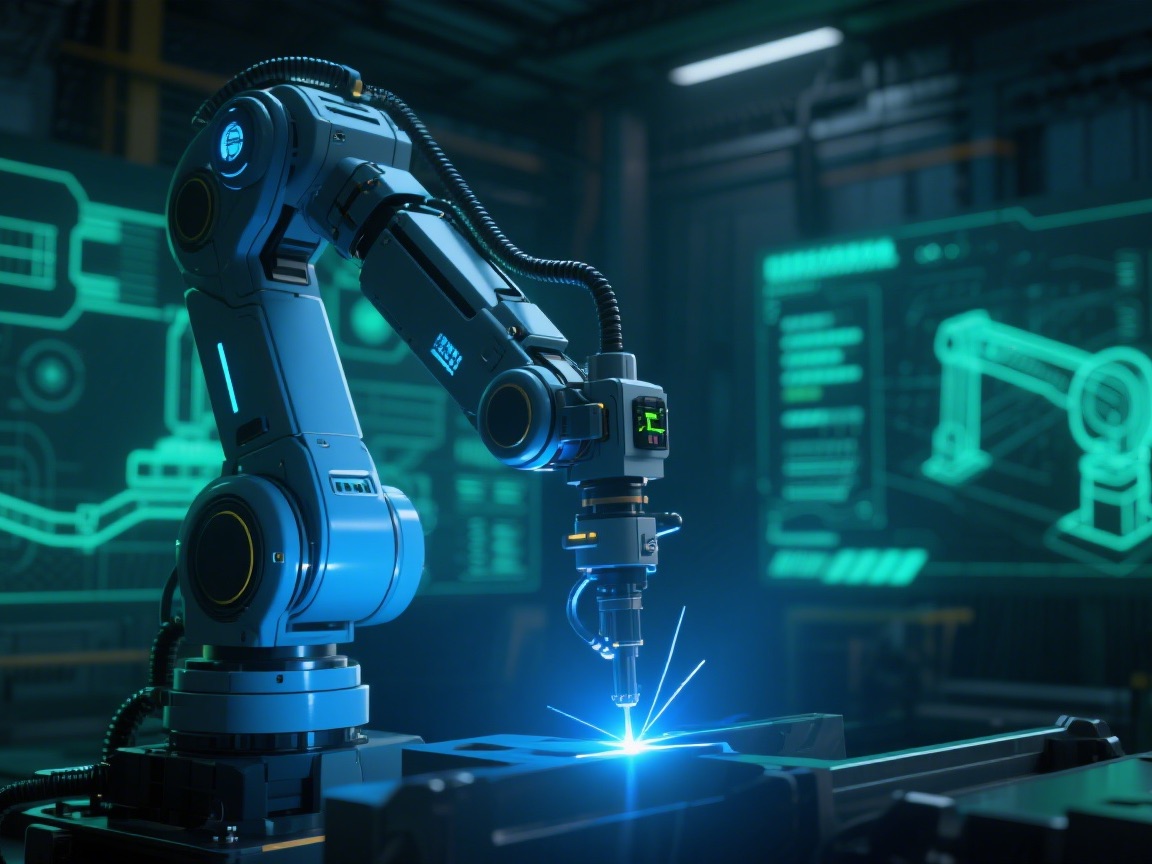 Новости отрасли
Новости отрасли Промышленное производство: модернизация интеллектуального производства с помощью ИИ
Промышленное производство: модернизация интеллектуального производства с помощью ИИ
2025-08-27
2025-05-13
2025-05-26
2025-06-03
2025-06-20
2025-11-20
 Текущие события
Текущие события
Практическое пошаговое руководство по выбору для лабораторных и промышленных пользователей. На этой странице объясняется, как уровень вакуума и скорость потока влияют на размер, сравниваются системы с воздушным и водяным охлаждением, приводятся данные о стоимости и перечисляются вопросы, которые следует задать поставщикам.
1. Понимание Вакуумные насосы с воздушным охлаждением и масляной смазкой
Что представляет собой вакуумный насос с воздушным охлаждением и масляной смазкой?
Эти насосы используют масло для смазки движущихся частей (часто лопастных) и охлаждаются потоком воздуха. Они широко используются в лабораториях и на малых и средних промышленных предприятиях, поскольку их проще устанавливать, чем системы с водяным охлаждением, и требуют меньше трубопроводов.
Почему стоит выбрать воздушное охлаждение, а не водяное?
Насосы с воздушным охлаждением позволяют избежать необходимости в контуре охлажденной воды, что упрощает монтаж и сокращает время подготовки площадки. Для многих пользователей удобство конструкции с воздушным охлаждением перевешивает несколько меньшую эффективность охлаждения в экстремальных условиях эксплуатации.
Совет: если ваш процесс проходит непрерывно с очень высокой нагрузкой, рассмотрите варианты с водяным охлаждением; для типичного лабораторного использования и многих производственных линий вполне достаточно устройств с воздушным охлаждением, которые проще в обслуживании.
2. Начните с требований к процессу: уровень вакуума и поток
Как определить уровень вакуума и скорость потока
Наиболее важны два параметра: уровень вакуума (глубина вакуума, например, в мбарах или торрах) и производительность (объем воздуха/пара, который насос должен удалить за определенное время). Они определяют размер насоса, и их неправильный выбор — самая распространенная ошибка при покупке.
Практический контрольный список
Укажите максимально необходимый уровень вакуума и типичное рабочее давление.
Оцените объем или производительность, которую необходимо эвакуировать в рамках вашего процесса.
Учитывайте паровую или конденсируемую нагрузку (это влияет на необходимость использования газового балласта).
3. Выбор модели: характеристики для сравнения
Кривые производительности и реальные испытания
Сравните характеристики насосов производителей (вакуум и расход). В случае сомнений запросите данные о производительности при условиях нагрузки, аналогичных вашим. Пользователи часто выбирают лучшую модель вакуумного насоса с воздушным охлаждением и масляной смазкой, сравнивая эти характеристики, занимаемую площадь и уровень шума.
Особые особенности, которые следует учитывать
Двухступенчатый против одноступенчатого (двухступенчатый обеспечивает более глубокий вакуум)
Газовый балласт для обработки паров
Эффективное отделение масла для длительного срока службы масла
Малошумные кожухи для лабораторных условий
4. Поставщики, сертификация и документация
Выбор правильного поставщика
Выбор поставщика имеет значение. Если вы ищете поставщика вакуумных насосов с воздушным охлаждением и масляной смазкой в Китае, проверьте историю их экспорта, наличие запасных частей и сертификацию (CE, ISO). Быстрый ответ и поддержка на месте так же важны, как и цена.
Документация для запроса
Технические характеристики и кривые производительности
Контрольный список IQ/OQ/PQ и ввода в эксплуатацию
Руководство по техническому обслуживанию и список запасных частей
5. Цены и стоимость установки
Как читать ценовое предложение
Цена на насос зависит от производительности, материалов и комплектации. Всегда запрашивайте подробное коммерческое предложение на вакуумный насос с воздушным охлаждением и масляной смазкой, в котором указаны базовый блок, дополнительные функции и стоимость доставки.
Стоимость установки и размещения
Фактор при установке: Электропроводка, виброизоляция, прочность пола и любые воздуховоды. вакуумный насос с воздушным охлаждением и масляной смазкой Стоимость установки может быть существенной для более крупных установок или проектов модернизации.
6. Техническое обслуживание и общая стоимость владения
Рутинные задачи и интервалы
Техническое обслуживание обычно включает замену масла, фильтров и проверку маслоотделителя. Запросите оценку стоимости обслуживания вакуумного насоса с воздушным охлаждением и масляной смазкой в течение 5 лет, чтобы оценить долгосрочные расходы.
Контракты на простои и обслуживание
Если ваш процесс не терпит простоев, рассмотрите возможность заключения сервисного контракта или гарантированной доступности запасных частей. Отзывчивый поставщик с местными техническими специалистами снижает риск.
7. Особые соображения и дополнения
Шумная обстановка и контроль шума
Если насос будет установлен вблизи людей, поинтересуйтесь его уровнем шума и наличием дополнительных звукопоглощающих кожухов.
Работа с конденсируемыми парами
Процессы с использованием растворителей или большими объемами паров требуют использования соответствующих уловителей, конденсаторов или газобалластных установок для защиты масла насоса и продления срока службы.
Мониторинг и интеграция
Современные насосы могут иметь цифровой мониторинг (время работы, сигналы тревоги), что помогает планировать техническое обслуживание и подключаться к системам управления установкой.
8. Последний контрольный список перед покупкой
Используйте этот краткий контрольный список для подтверждения готовности перед подписанием контракта:
Подтверждены ли уровень вакуума и скорость потока?
Предоставил ли поставщик подробную ценовую смету и оценку стоимости установки?
Существует ли четкая документация по IQ/OQ/PQ?
Доступны ли запасные части и местное обслуживание?
Сравнивали ли вы общую стоимость владения (покупка + установка + обслуживание)?
Совет: по возможности запросите демонстрацию или оценку образца. Реальное тестирование выявляет проблемы, которые не отражены в технических характеристиках.
Связанные ресурсы и внутренние ссылки
Заключение
Выбор подходящего вакуумного насоса с воздушным охлаждением и масляной смазкой зависит от соответствия насоса вашим технологическим потребностям и общим эксплуатационным расходам. Начните с точных технических характеристик, сравните документацию поставщика, запросите подробное коммерческое предложение и оцените долгосрочное обслуживание. При правильном подходе вы найдете надежный, экономичный и простой в обслуживании насос.
Отказ от ответственности: данный сайт уважает права интеллектуальной собственности. В случае обнаружения каких-либо нарушений, пожалуйста, незамедлительно свяжитесь с сайтом для решения проблемы.